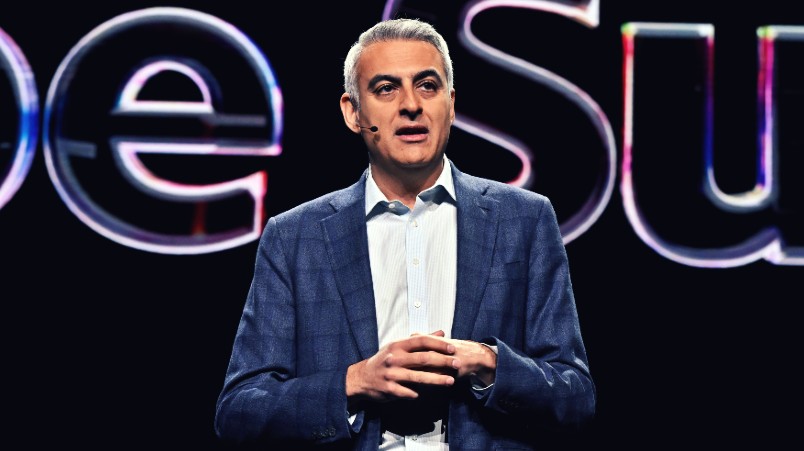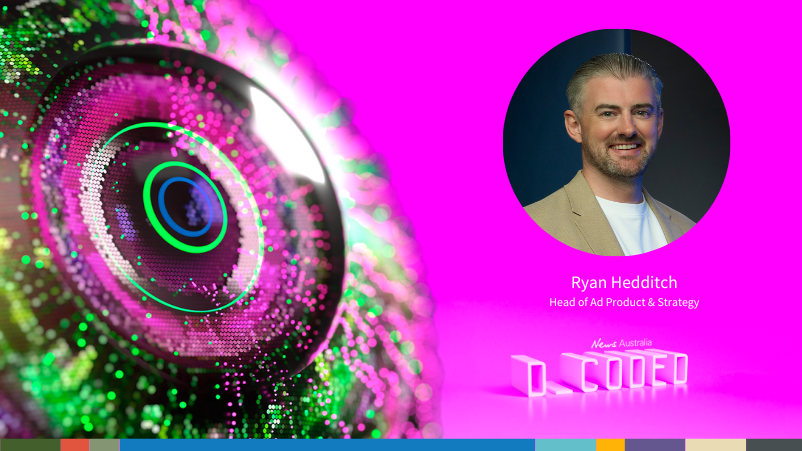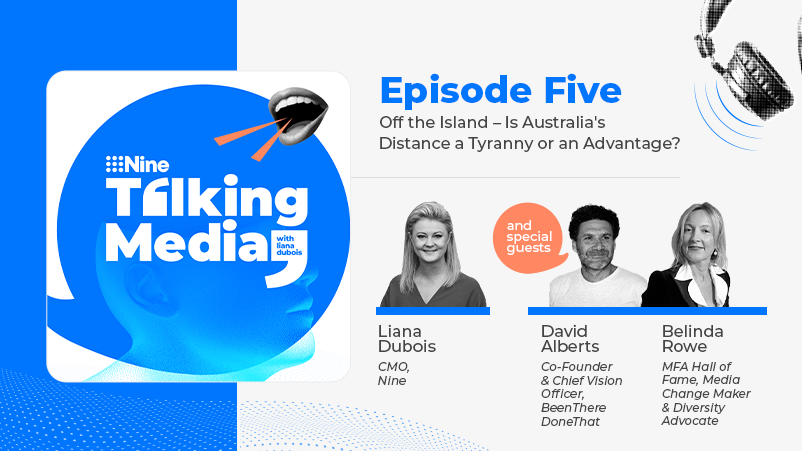Adobe reveals first Gen AI offerings, focusing on content creation; improves journey mapping, content management and attribution

David Wadhwani, President, Digital Media, Adobe
At its first full scale Adobe Summit since the start of the pandemic Adobe revealed its initial steps into the world of generative AI, augmenting the content creation process inside its platform, and improving customer journey management, content supply chain management and content collaboration.
Building AI into workflow is critical as it can address the concerns of obsolescence from many people in the creative industry
What you need to know
- Adobe has announced its first major foray into generative AI with Firefly.
- It has also added Gen AI capabilities to other parts of its platform.
- And it's had another stab at improving marketing mix modelling as part of a wider attribution innovation.
Generative AI took top billing on the opening day of Adobe Summit, with the company introducing Firefly, which it describes as family of creative generative AI models. It has also applied Gen AI to Sensei, the family of AI products it first released in 2016.
The company also announced two significant customer deals; at Prada and General Motors.
Prada is extending its existing relationship as it looks to build out its real-time personalization capabilities. This partnership will be implemented across all of Prada Group's luxury brands, including Prada, Miu Miu, Church's, Car Shoe, Pasticceria Marchesi, and Luna Rossa, both in their physical and digital retail properties.
General Motors (GM) meanwhile has announced that it will be use a suite of applications, which run on Adobe's Experience Platform (AEP), to gain a better understanding of their customers. These tools include Real-Time Customer Data Platform, Journey Optimizer, and Customer Journey Analytics, and should help to create personalized experiences for their customers
Firefly
Adobe’s Firefly is designed to generate high-quality images and text effects that can be used by businesses for commercial purposes while ensuring copyright compliance.
The first model of Adobe Firefly is trained on a large database of professional Adobe Stock images, open source images, and public domain images with expired copyright. As a result, Adobe claims the content generated by Firefly does not infringe upon other people's or brands' intellectual property, providing real business value for commercial settings.
And a lot of work has gone into removing data, training and content generation biases in the tagging and captioning of the images to offset the impact of unconscious bias – but also conscious bias as contributors try and game the system to their images are more likely to be selected.
Firefly will work alongside Sensei Gen AI services to provide creative and marketing departments with more control over content creation. This will enable them to produce content-driven experiences at a much faster pace, with greater accuracy and ease of use, the company claims . These tools can be directly integrated within its Creative , Experience Cloud, and Document Cloud applications and workflows.
Initial focus
With Firefly the initial focus on the creative side is on the generation of images and text effects.
According to David Wadhwani, President, Digital Media, at Adobe, Firefly has been created specifically for content generation for creative output.
“The first model has been trained on hundreds of millions of stock content [images] from Adobe Stock, and open license content. And it's built from the ground up to be deeply integrated into applications and content workflows, really becoming your creative co pilot, as you go build all your marketing content.”
“We're starting with the generation of images and text effects.”
He conceded that these are just the first early green shoots of Adobe’s Gen AI strategy.
“It's a very long journey from where we are to where we know we can get.”
The company describes Firefly as part of a series of new Adobe Sensei generative AI services across Adobe’s clouds, and the work builds on the company’s AI capabilities first released in 2016.
Firefly includes features such as Neural Filters in Photoshop, Content Aware Fill in After Effects, Liquid Mode in Acrobat and Attribution AI in Adobe Experience Platform.
Among the other announcements;
- Adobe Product Analytics: a tool that unifies customer journey insights across marketing and product, and is designed to give give teams a unified view of the customer and to aid collaboration across an organization. This will help teams focused on customer experiences to create more effective campaigns and drive business success, the company said
- Adobe Experience Manager upgrade: AEM has been redesigned to make it easier for teams to update websites and mobile apps using popular word processing or spreadsheet tools. The upgrade leverages Adobe Sensei AI to analyze content performance and recommend changes to improve engagement.
- Adobe Content Supply Chain: a solution that connects planning, production, delivery, and analysis which is designed to help teams develop more effective content in less time. This solution is integrated across Adobe Creative Cloud and Adobe Experience Cloud, and has already been delivering value to top brands including Xfinity Creative.
- Adobe Express for Enterprise: a tool that allows anyone at any creative skill level to easily create, collaborate on and share branded content. This tool has been integrated with Adobe Experience Manager Assets with the goal of streamlining content workflows and facilitate more unified content development and marketing processes.
Attribution
Specifically on the attribution front, Adobe has converged two planning and measurement tools; Attribution AI – an algorithmic approach to bottom up multi touch attribution — and marketing mix modelling which takes a top down approach and looks to summarize data so it can come up with media spending recommendations.
“Our customers have asked us to unify these two approaches into a single model to bring together consistency so that the numbers ended up matching.”
Attribution has become an increasingly fraught exercise as privacy rules tighten and the third party cookie infrastructure retreats.
Partners manning the booths in the exhibition running along the conference where a little sceptical. One who requested anonymity to speak freely said, “We were elbowing each other in the session saying, ‘What’s this, their third or fourth attempt to fix MMM.”
Another observation: the fundamental problem say the partners is that Adobe simply doesn't have access to all the necessary data sets to deliver a truly comprehensive marketing mix model.
Keeping up appearances
“Firefly demonstrates Adobe’s willingness not to fall behind in the fast moving generative AI space, according to Foad Fadaghi, principle analyst at Telstye.
“Building AI into workflow is critical as it can address the concerns of obsolescence from many people in the creative industry.”



